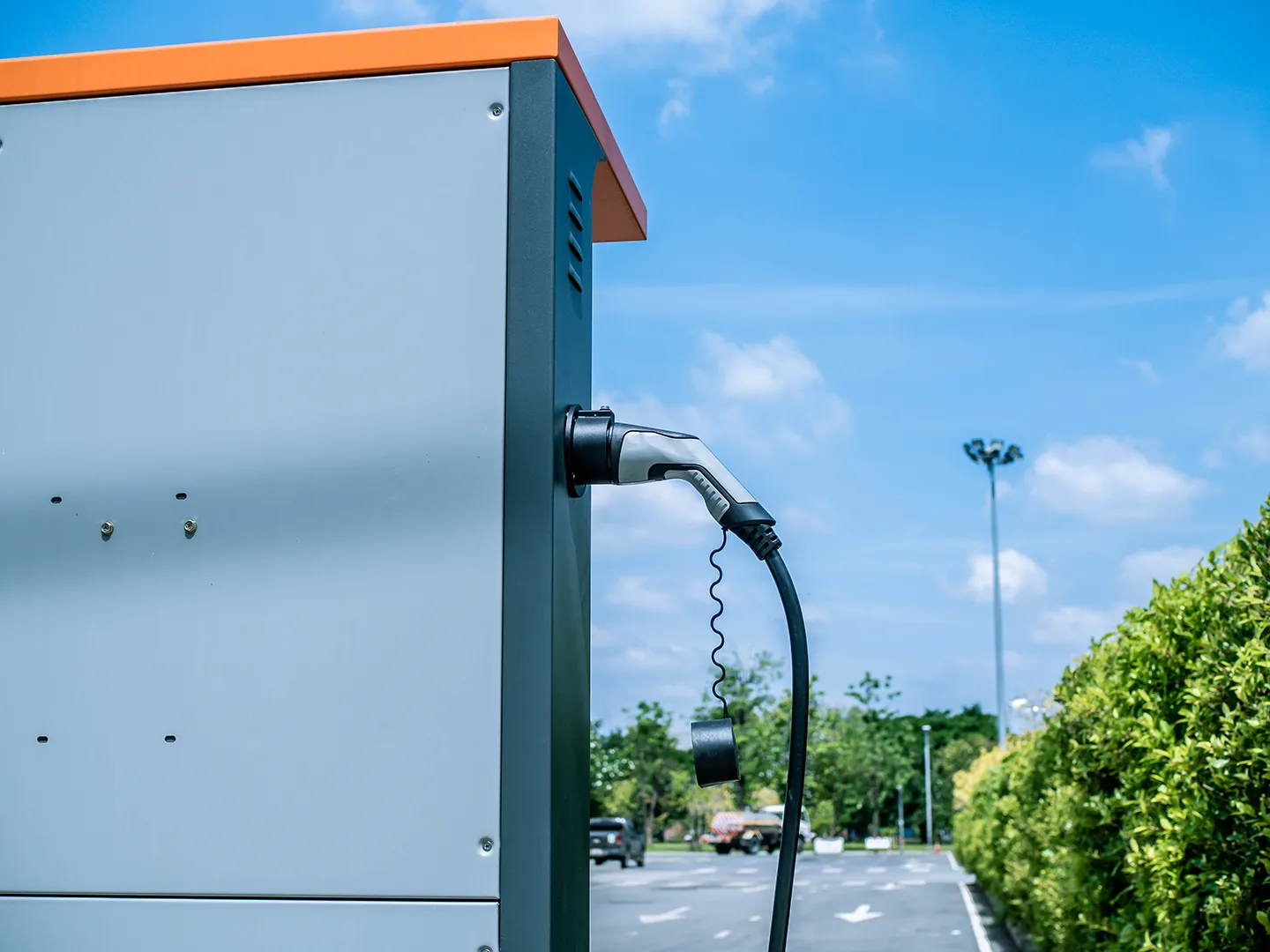A massive buildout of electric vehicle (EV) charging stations is underway in the U.S. In 2023, the National Renewable Energy Lab estimated that to meet anticipated EV charging needs by 2030 approximately 1.2 million publicly accessible charging units will be required. With a small fraction of that number currently in place, charging station developers are rapidly leasing and purchasing properties to construct these stations. Prime locations for charging stations are often at or near previously developed properties, such as shopping centers, parking fields, and gas stations—these are the same properties where underground environmental contamination is often present.
Charging station developers are wise to conduct a Phase I Environmental Site Assessment before purchasing or leasing a property.
What is a Phase I Environmental Site Assessment?
The Phase I Environmental Site Assessment, commonly called a Phase I ESA or Phase I, is typically conducted to reasonably identify conditions which indicate known or potential contamination originating from either the subject property or from an offsite source.
Benefits of conducting a Phase I include:
- Protecting the purchaser/lessee from liability associated with the property
- Structuring an informed purchase or lease agreement
- Knowing if measures should be taken to protect workers from contamination that may be encountered during construction

The American Society for Testing and Materials (ASTM) has a Standard Practice for Environmental Site Assessments: Phase I Environmental Site Assessment Process (ASTM E1527-21). It defines the activities to be conducted, reporting requirements, qualifications required by the Environmental Professional conducting the Phase I, and the liability protection resulting from a Phase I.
For lessees, conducting a Phase I Environmental Site Assessment is optional and may not be on their to-do list, however, it is a low-cost and quick due diligence step that can protect lessees from being liable for contamination that they were not responsible for generating."
Corey Nachshen
What Does Phase I Research Involve?
- A site reconnaissance to observe current uses of the property and adjacent sites, as well as staining or other signs of a hazardous discharge
- A review of regulatory databases, historical records, and state and local agency records
- Interviews with the property owner and others with knowledge of the property’s land use history.
The environmental professional evaluates this research to identify recognized environmental conditions (RECs) due to past or present land use at the property, such as operations that are known or suspected to have used hazardous substances or petroleum products. Often charging stations are constructed at locations with current or former uses that present these concerns, such as gas stations and shopping centers with dry cleaners.
The environmental professional prepares a Phase I ESA Report to summarize the findings of the research and recommend a further course of action, if warranted. When contamination is present, further investigation, known as a Phase II Environmental Site Assessment, is performed. This may involve collecting and analyzing soil, groundwater, and/or soil and vapor samples.
In many cases, a Phase I ESA is required by a financial institution to secure a loan to purchase a property. In our experience, most EV charging developers enter a long-term land lease rather than purchasing a property. For lessees, conducting a Phase I ESA is optional and may not be on their to-do list; however, it is a low-cost and quick due diligence step that can protect lessees from being liable for contamination that they were not responsible for generating.